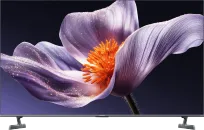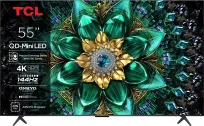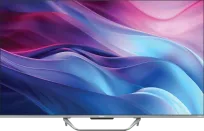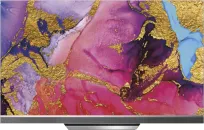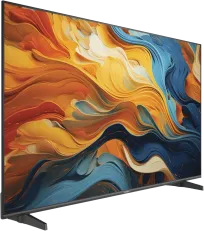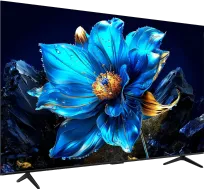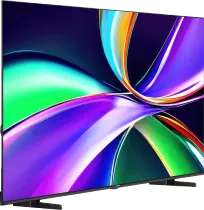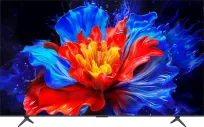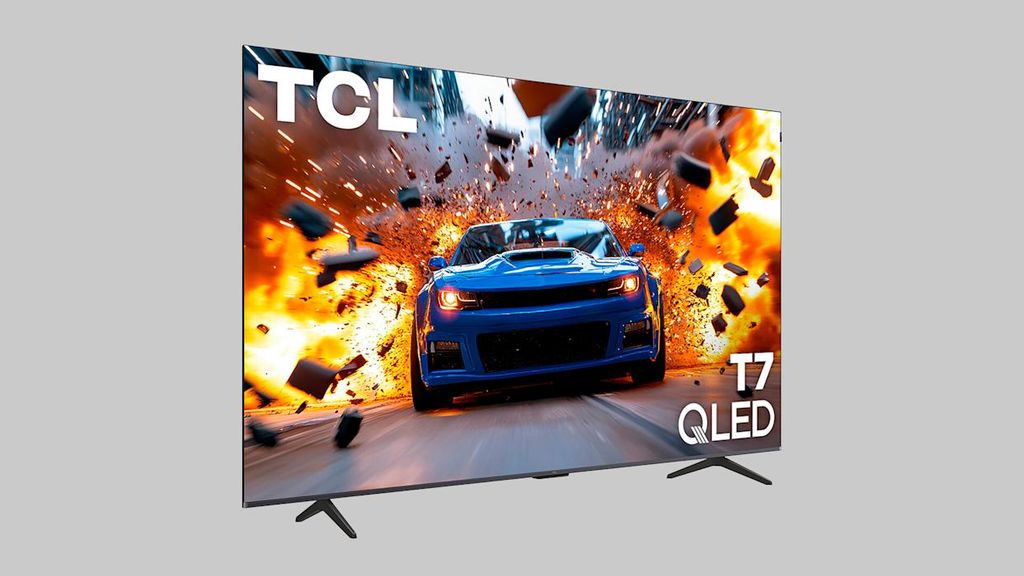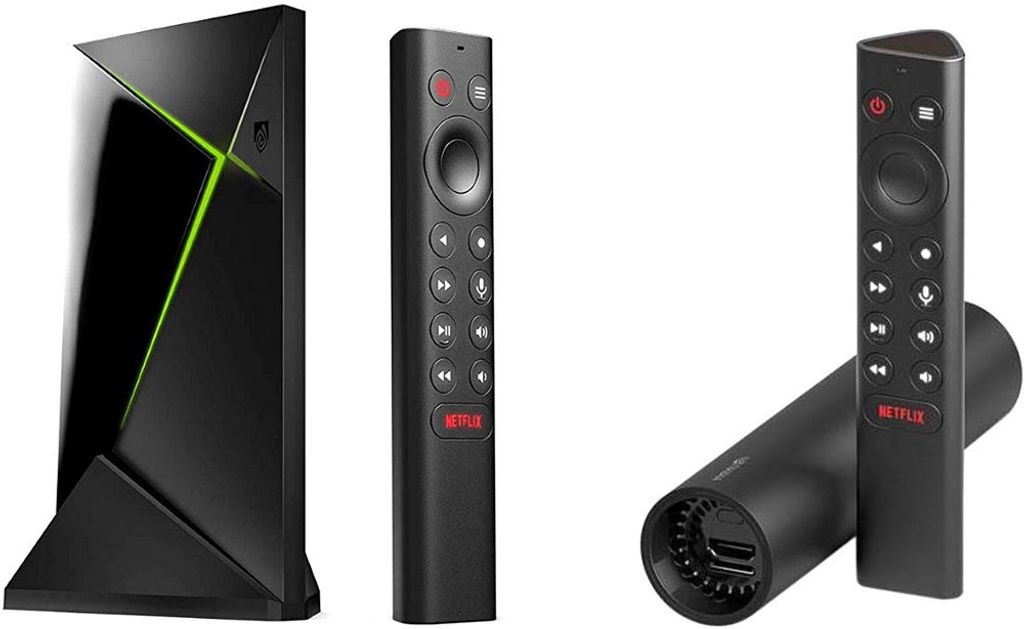
CSOT shows a new wave of OLED screens – from 14 to 77 inches. At this year's Display Week trade show in Los Angeles, TCL CSOT showcased new prototypes of OLED screens created using inkjet printing technology. The booth displayed panels with diagonals of 31, 65, and 77 inches, as well as a 14-inch 4K display designed for mobile devices and laptops.
The showcased panels offer full coverage of the DCI-P3 colour gamut, support for Dolby Vision, and a refresh rate of up to 144 Hz. TCL also claims a contrast ratio of 1,000,000:1, with a response time not exceeding 0.1 ms. These specifications target the premium market, both for home entertainment and gaming.
Production technology without a metal mask – cheaper and more scalable!
The key element is the use of inkjet printing technology. Unlike traditional OLED production methods using fine metal mask (FMM), inkjet printing allows for the precise application of organic layers without material waste and the need for expensive masks. This means potentially lower costs, especially for larger diagonals, which are particularly expensive to produce today.
Importantly, CSOT is not just a one-time idea as the company is already operating a facility in Guangzhou adapted for the mass production of OLEDs using this method. This could mean that the first commercial products based on this technology will be seen sooner than we expected.
TCL also showcases a 115-inch Micro LED screen and a 162" miniLED 8K!
The new OLED panels are just part of the portfolio showcased at Display Week. TCL demonstrated a 115-inch Micro LED screen, as well as a massive 162-inch miniLED 8K panel. Both projects confirm the company’s ambitions to make an impact not only in the consumer segment, but also in the professional realm, including commercial spaces and digital installations.
Micro LED, while still an expensive technology, offers exceptional picture quality: high brightness, no burn-in, deep blacks, and long lifespan. These features make it likely to become the standard for premium applications – especially in the commercial sector and high-end home cinema.
However, if you're looking for something available today, we recommend our current rankings of the best TVs from LG and Samsung – tried-and-tested models that combine great quality with real availability.
Printed OLED in Practice – What’s Next?
Although TCL CSOT's presentations are still in a prototype stage, the message from the fairs is clear: OLED printing technology is maturing, and the Chinese manufacturer is at the forefront of its development. The question remains when the panels will hit the consumer market – and whether they will be able to realistically compete with solutions from LG Display or Samsung Display.
However, looking at the pace of CSOT's progress and the ready infrastructure, one can assume that the next two years will be crucial for the fate of this technology. Inkjet printing in OLEDs is not just an alternative – it’s an opportunity to redefine the market in terms of pricing, sizes, and availability.
 Katarzyna Petru
Katarzyna Petru
